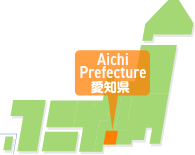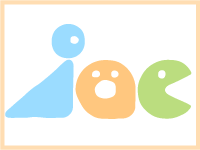Learn about Japanese dining etiquette! Also check out the wrong ways to eat!
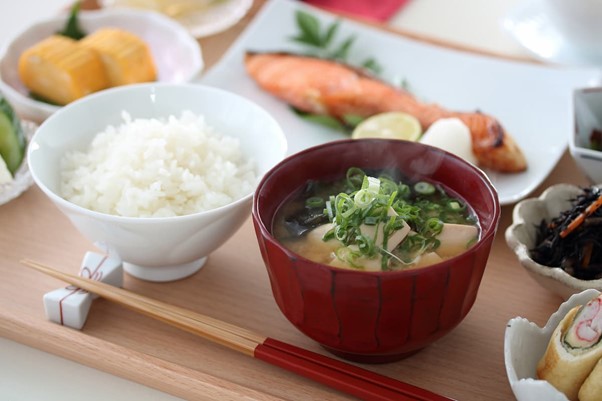
Hello, this is Kano from JAC (Japan Association for Construction Human Resources).
When eating in Japan, there are some dining etiquette you should be aware of.
Manners are important during everyday meals, but there are also certain manners you should be especially careful of when eating with your boss at work or with business partners.
Make sure you know basic dining etiquette, how to use chopsticks, and how to clean up after yourself!
It's also good to know what not to do.
Introducing Japanese dining etiquette (behavior and eating habits)
When eating in Japan, observing good manners will ensure that everyone eating with you can enjoy their meal in a comfortable atmosphere.
We will introduce you to good manners and things you should not do.
Japanese Dining Etiquette: Good Ways to Eat
When dining out in Japan, be sure to keep the following in mind.
1. Greetings before meals
In Japan, we greet each other before and after meals.
Place your palms together in front of your chest and say "itadakimasu" before eating and "gochisousama deshita" after eating.
It means to eat while giving thanks to many things, such as the ingredients, the people who grew them, and the people who prepared the food.
② Eat as much as possible without leaving any leftovers
In Japan, it is basic etiquette to finish your meal without leaving any leftovers.
You don't have to force yourself to eat, but try to eat as much as possible.
If you think you won't be able to finish it, ask them to reduce the amount before they start eating.
3. Hold the bowl when eating and place the lid upside down
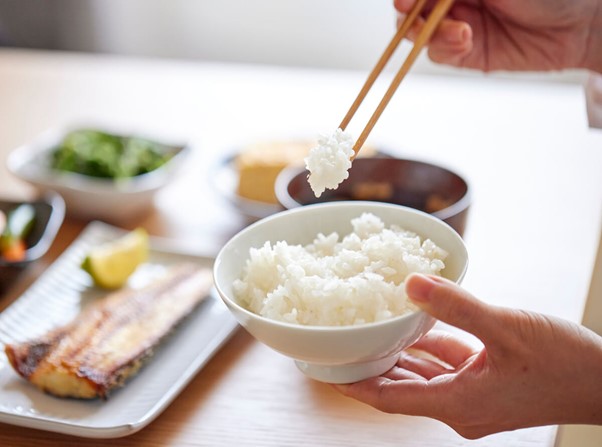
A bowl of rice or a bowl of soup such as miso soup is held in one hand when eating.
Please be careful not to eat food while it is on the table, as this is considered bad manners.
However, it is not acceptable to lift plates of main dishes such as grilled fish or tempura, or large platters containing food for several people.
Also, the bowl may have a lid.
When you are ready to eat, remove the lid, turn it upside down and place it on the right edge.
Once you're done eating, put the lid back on.
Japanese dining etiquette: Arranging rice
Japanese food is called washoku, and the menu (meal contents) often consists of one soup and three side dishes.
Ichiju-sansai means rice, a soup such as miso soup (ichiju), one main side dish, and two other small side dishes (sansai).
Since the menu is decided, the arrangement of tableware such as plates and bowls is also decided.
How to arrange meals:
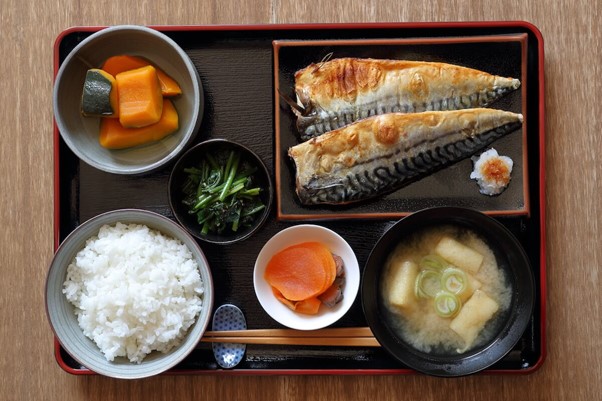
- Rice: Left
- Soup: Right
- Main dish: far right
- Small side dish (pickles, etc.): middle
- Small side dishes (salads, etc.): back left
One soup and three side dishes is the "ideal menu" for Japanese cuisine, so in reality the menu may contain less or more than this.
Even if the number of dishes is different, the rule of "rice on the left, soup on the right" remains the same.
Japanese dining etiquette: Good eating order to remember
Unlike Western meals, in Japan all the dishes are served at roughly the same time.
Therefore, it is important to know the proper order in which to eat.
Even Japanese people sometimes get it wrong, but it's a good idea to remember this when eating Japanese food out with coworkers or business partners.
The first thing we eat is soup.
Eating soup first warms the stomach and makes food easier to digest.
Also, moistening your chopsticks with soup will prevent the sticky rice from sticking to the chopsticks.
Eat the soup first, then eat the rest in the order of "light flavored dishes → strong flavored dishes."
If you eat a side dish that is strongly flavored with soy sauce or sauce first, lightly seasoned dishes such as rice and boiled vegetables will seem unsatisfying.
However, when you eat it for the first time, you won't know what it tastes like.
In that case, just eat your food in the following order: soup → rice → side dish.
After that, you eat soup → rice → side dish again and repeat the cycle.
In Japan, this is called "triangle eating" and is known as a way to eat a balanced meal.
Japanese Dining Etiquette: Eating manners that are considered bad manners
In Japan, there is a lot of emphasis on "clean eating."
Therefore, it is considered bad manners to have a bad appearance or to get it dirty.
Here are some typical examples of bad manners.
- Hit the plate with chopsticks
- Making noise when putting dishes down
- Wipe your face and the table with a hand towel
- Stacking plates after eating
- Put half-eaten food back on the plate
- Eat by placing your hand without chopsticks under the food as if it were a plate.
- When you have finished the soup, turn the lid upside down and put it back on.
- Eat with your elbows on the table
- Get your face close to the food without holding the bowl or plate
Check out how to use chopsticks as dining etiquette in Japan
In Japan, there are many opportunities to use chopsticks.
Even in Western restaurants that serve steaks, chopsticks are sometimes provided along with knives.
If you can hold your chopsticks neatly, it will look nice and you will be able to pick up food more easily.
First, let's review the correct way to hold chopsticks.
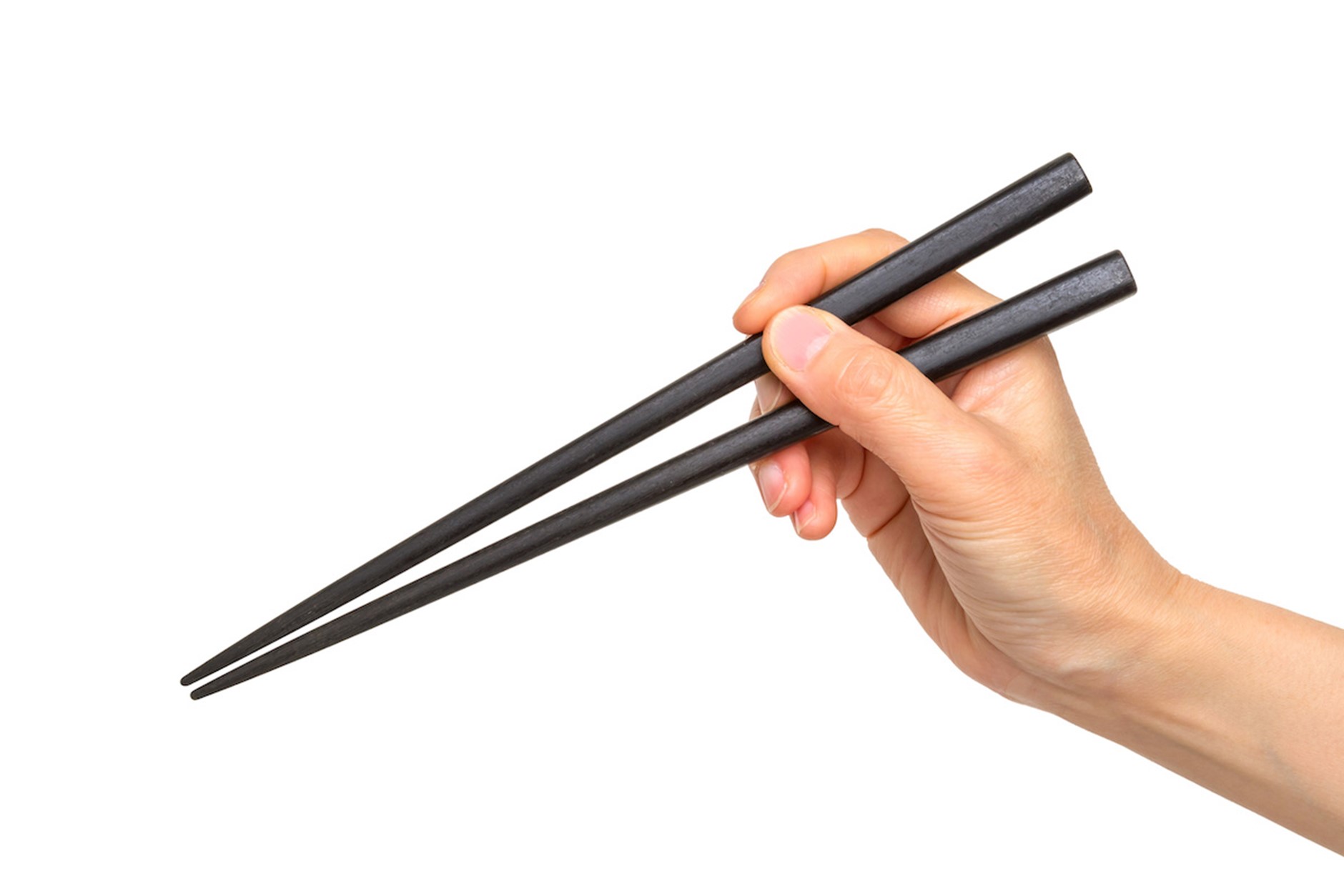
- With your right hand, pinch the middle of the chopsticks with your thumb and index finger as if you were holding a pen.
- Place another chopstick between your thumb and index finger.
- The top chopstick is held with the thumb, index finger, and middle finger, and the bottom chopstick is supported by the ring finger.
- Grab food by moving only the top chopstick
There is also proper etiquette when picking up chopsticks that have been placed on the table.
- With your right hand, pick up the middle of the chopsticks and lift them up.
- Place your left hand, palm up, under the chopsticks and move your right hand to the right.
- Move your right hand under the chopsticks, hold them correctly, and then remove your left hand.
There is also proper etiquette for holding chopsticks when you want to pick up a bowl of soup.
- Hold the bowl with both hands
- Place the bowl in your left hand, palm up, and pick up your chopsticks with your right hand.
- Hold the chopsticks in your right hand between the index and middle fingers of your left hand
- Place your right hand under the chopsticks and remove your left hand from the chopsticks.
What should you avoid doing with chopsticks when eating in Japan?
Using chopsticks correctly makes everyone you're dining with feel good too.
On the other hand, let's also take a look at some ways to use chopsticks that you should avoid.
[Improper use of chopsticks]
- Sashibashi: Sticking chopsticks into food
- Mayoibashi: When you are unsure what to eat and move your chopsticks around unsteadily over the food.
- Yosebashi: Using chopsticks to pull a plate closer
- Licking chopsticks: Putting food on the tips of your chopsticks into your mouth and licking it off
- Nigiri-bashi: Holding chopsticks with hands clenched
- Watashibashi: Placing chopsticks on the plate while eating
- Usoshibashi: Holding one piece of food with two chopsticks
- Tear chopsticks: Carrying food while dripping juices
- Searching chopsticks: Searching for and mixing the food you want to eat
- Kaeshibashi: Turning the chopsticks over and using the part you hold to pick up food
When using chopsticks, try to avoid dirtying them as much as possible.
When picking up food, use about 1.5 to 3 cm of the tip of your chopsticks.
When you are not using your chopsticks, place them on the chopstick rest.
Sometimes there are no chopstick rests, but placing your chopsticks on the plate makes it seem like a "bridge," which is bad manners.
If you don't have a chopstick rest, you can fold the packaging the chopsticks came in small and use that as a chopstick rest, place the chopsticks on a paper napkin, or place them on the left side of the tray with the tips of the chopsticks slightly protruding.
Check out Japanese dining etiquette and etiquette when eating in a Japanese-style room!
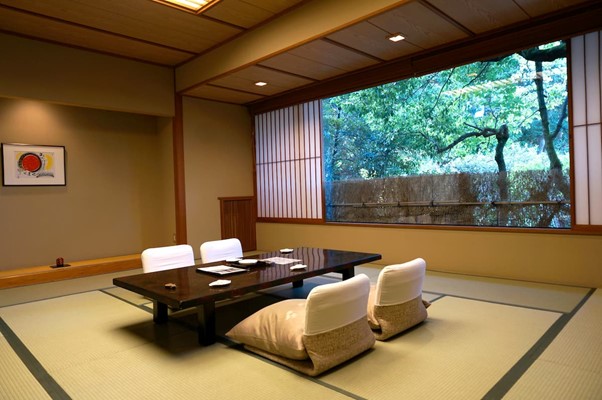
In Japan, apart from one soup and three side dishes, there are other meals that require special etiquette.
Kaiseki cuisine
When serving food at banquets, restaurants, weddings, etc., the dishes are brought out one by one.
Eat the food in the order it is served.
When several different types of food are served together, such as sashimi and tempura, eat them without breaking the arrangement.
To avoid messing up the presentation, you should eat from left to right and then to the back.
sushi
You can eat sushi either with chopsticks or with your hands.
The only time I use chopsticks is when eating gari (pickled ginger).
Soy sauce is applied to the topping (the ingredients on top of the rice) so that the rice does not fall apart when dipped in soy sauce.
When eating gunkanmaki, which is made by wrapping seaweed around the sushi, it is good etiquette to dip pickled ginger in soy sauce and then use the pickled ginger to spread the soy sauce on the sushi in order to ensure a neater eating experience.
Etiquette to keep in mind when dining with your boss
In Japan, when you are doing something at the same table as a superior, such as your boss, there is a designated place to sit.
The place where you sit is expressed as "kamiza" (upper seat) or "shimoza" (lower seat).
Simply put, people of higher status sit in the upper seats, and people move gradually to lower seats.
The seat furthest from the entrance is called the upper seat, and the seat closest to the entrance is called the lower seat.
Etiquette to observe when eating in a Japanese-style room
Sometimes meals are eaten in a Japanese-style room with tatami mats.
There are some manners to be aware of in a Japanese-style room, so we'll introduce them here.
①Do not step on the edges of tatami mats or thresholds.
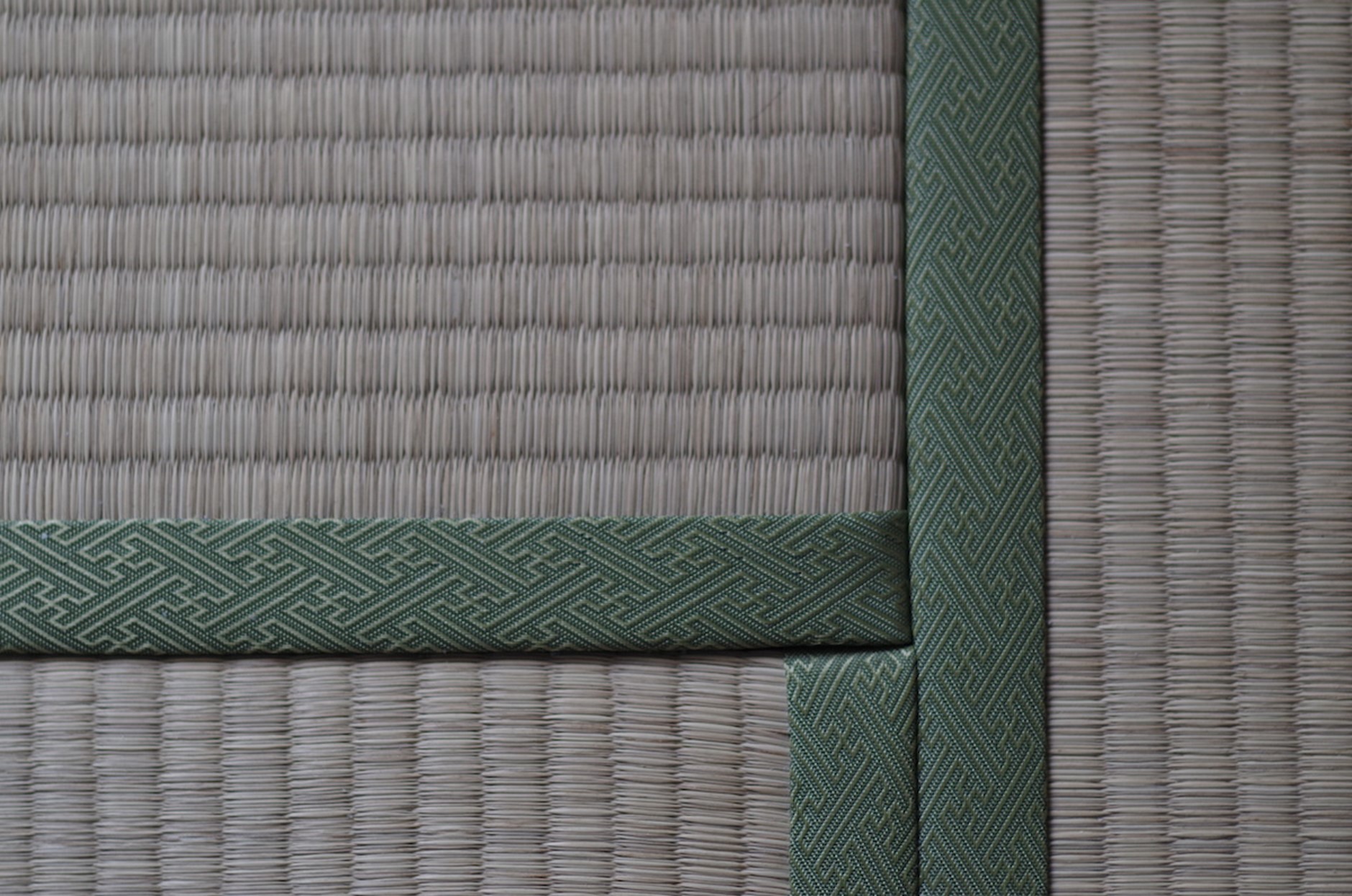
When entering a Japanese-style room, you open the sliding door, and underneath it is the threshold.
Do not step on this threshold or the border around the edge of the tatami mat, called the hem.
② Only sit on the cushion after being invited to do so
Even if there is a cushion, you should not sit down right away.
Wait at the bottom of the cushion and only sit when invited to do so.
Try not to move the cushions around.
3. Do not enter the room barefoot.
You must not enter a Japanese-style room barefoot, even without socks or anything else on.
Be sure to wear socks.
It can be difficult to know which is the upper seat and which is the lower seat, so if you're not sure, it's a good idea to ask the staff or your colleagues at the restaurant.
Besides table manners, another thing that foreigners often get wrong is sorting their garbage.
Please also read this column.
Summary: There are many dining etiquette rules in Japan! Start by practicing with your daily meals
There are many dining etiquette rules in Japan.
It's difficult, but with practice you'll definitely be able to do it.
It's also a good idea to incorporate some Japanese-style plate placement into your daily meals.
There are many things you should not do with chopsticks, so be sure to check them carefully.
Let's gradually learn the manners unique to Japanese-style rooms and the manners you should be careful of when eating with your boss!
About us, JAC
JAC(Japan Association for Construction Human Resources)is an organization that supports all Specified Skilled Workers working in the Japan construction industry. We work with companies that accept Specified Skilled Workers to create a work environment that is easy for everyone to work in.
We're also taking the exams you need to become a Specified Skilled Workers!
And JAC has received many requests for job offers from companies that want Specified Skilled Workers to work for.
Specified Skilled Workers Wanted! Job Listings
For those of you who want to work in Japan using Specified Skills, we are introducing jobs that match your occupation and aspirations!
If you have any problems, please feel free to contact us!


